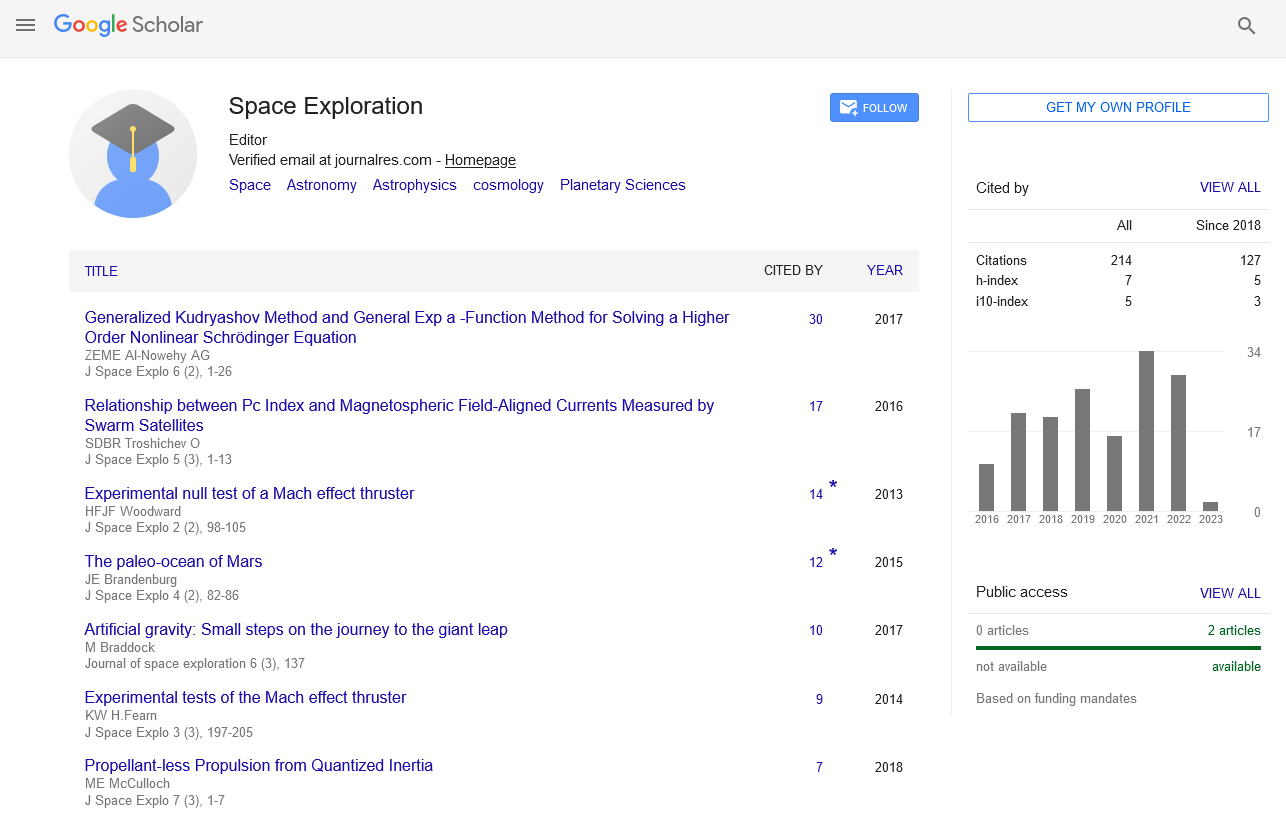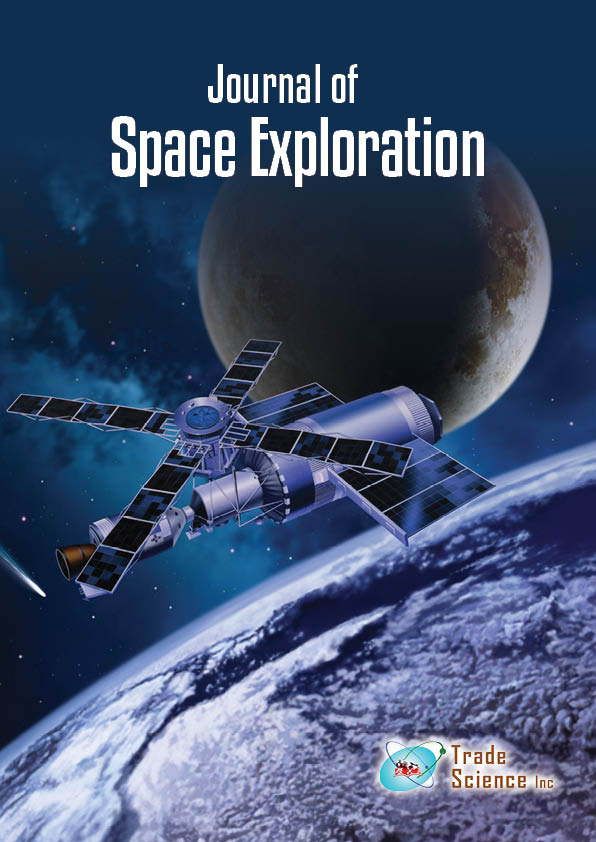Abstract
An Introduction to Cosmos Thermodynamics
Author(s): Xinyong Fu* and Zitao FuMost astrophysicists today believe that the pres ent universe was produced in a Big B ang. This article explores the big cycle of matter and en ergy in the universe, with the B Big Bang as an important part of the cycle. The authors approve of the idea that the universe is gravitationally closed. That is, its average density is higher than the critical value. All the matter and radiation cannot fly out the closed universe. The 3k back ground radiation is a vast heat ocean in the closed universe, stable and eternal; it is not the afterglow of the thermal radiation of the decoupled fire ball, 380,000 years afte after the Big Bang, as many people believed so far. The Big Bang and the following big expansion drove the matter of more than 2×10 2×1012 galaxies to the remote space. Their potential energies become higher and higher, while their huge kinetic energies that they derived from the Big Bang become smaller and smaller until drop down to zero. Th e galaxies will then return back one after another, passing the central region of the universe with tremendously great kinetic energies. They of course cannot all return back directly to their start point of the Big Bang, restoring to the original core of the universe. They will rush to pass the central region and fly to the other sides of the universe, and shuttle around the central part ceaselessly. From the big bang to the following expansion, to the numerous galaxies, to the more than 2 × 10 23 stars, an and to the stars releasing huge nuclear energy due to their internal nuclear fusion each for about 10 1010 years, all these enormous processes are irreversible, resulting in enormous increase in entropy. These processes produce large amount of light and other r adiations and pour them into the extremely vast heat ocean. These light and other radiations will also be shuttling ceaselessly in the closed heat ocean until, by their interaction with the rare dusts in the galaxies and maybe something else, they eventual ly mingle into the 3K heat ocean. In all the galaxies, there are various black holes. Every black hole, since its birth, ceaselessly extracts the matter and radiation that approach it, and gets larger. In the shuttling of all the galaxies, numerous stars a nd black holes in these galaxies have many chances to approach even meet each other. A black hole can annex other celestial bodies that it meets, including annex other black holes. All these processes carry on and on, resulting in the matter of these celes tial bodies to concentrate again and again. The number of all the celestial bodies including the black holes reduces ceaselessly, and the mass of the survived black holes become larger, with their shuttling amplitudes become shorter. The larger black holes and the shorter amplitudes result in the rate of concentration process of mass to be faster. Eventually, all the matter in the universe will be concentrated to form a tremendously large central black hole. The central black hole has an astonishingly large Schwarzschild sphere, absorbing the thermal radiation from the vast heat ocean very rapidly and ceaselessly until some threshold value of its internal energy is exceeded, and a new Big Bang breaks out out. The black holes provide a way in the universe to re re-concentrate matter and energy again. Black holes are Maxwell’s demons in the nature.

